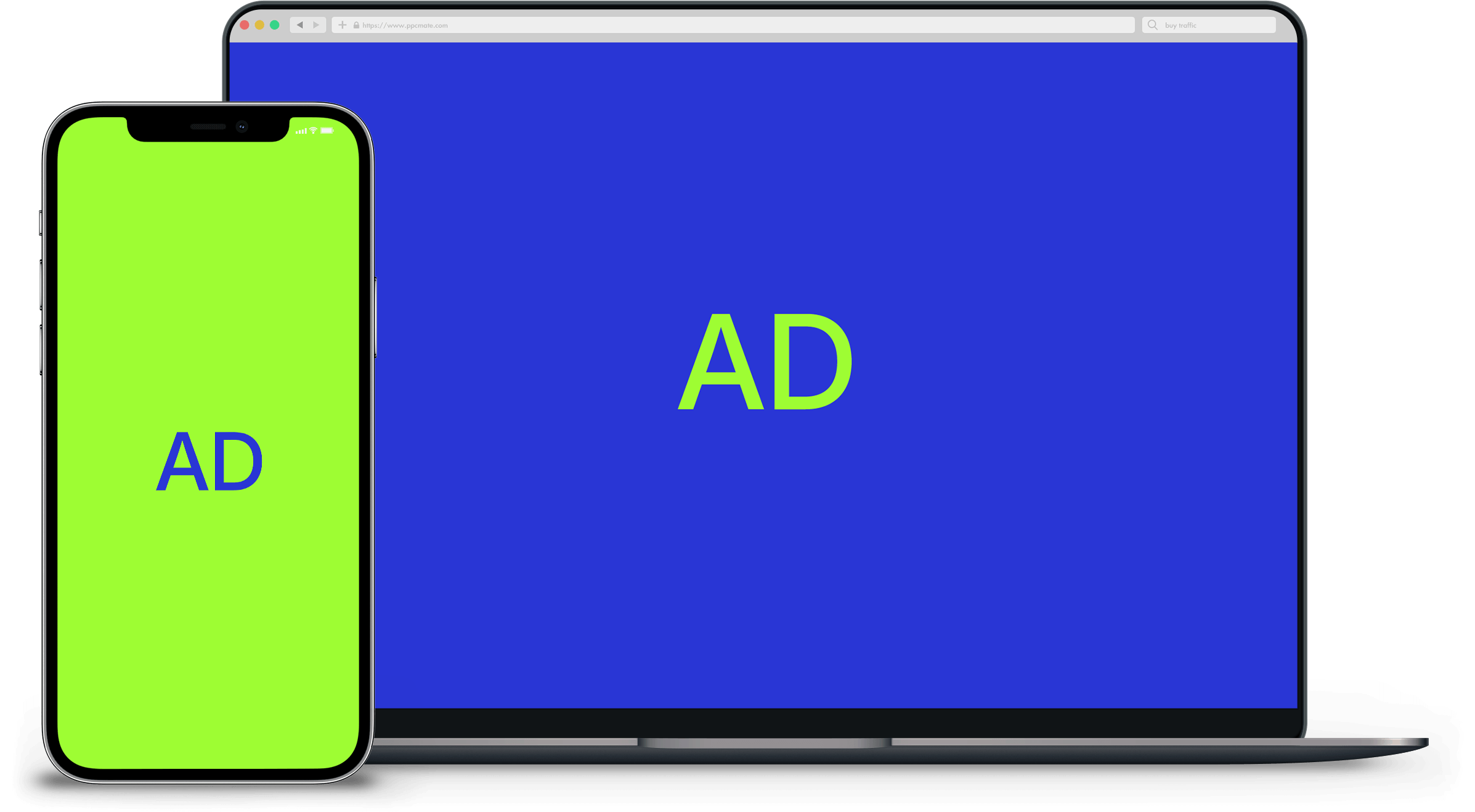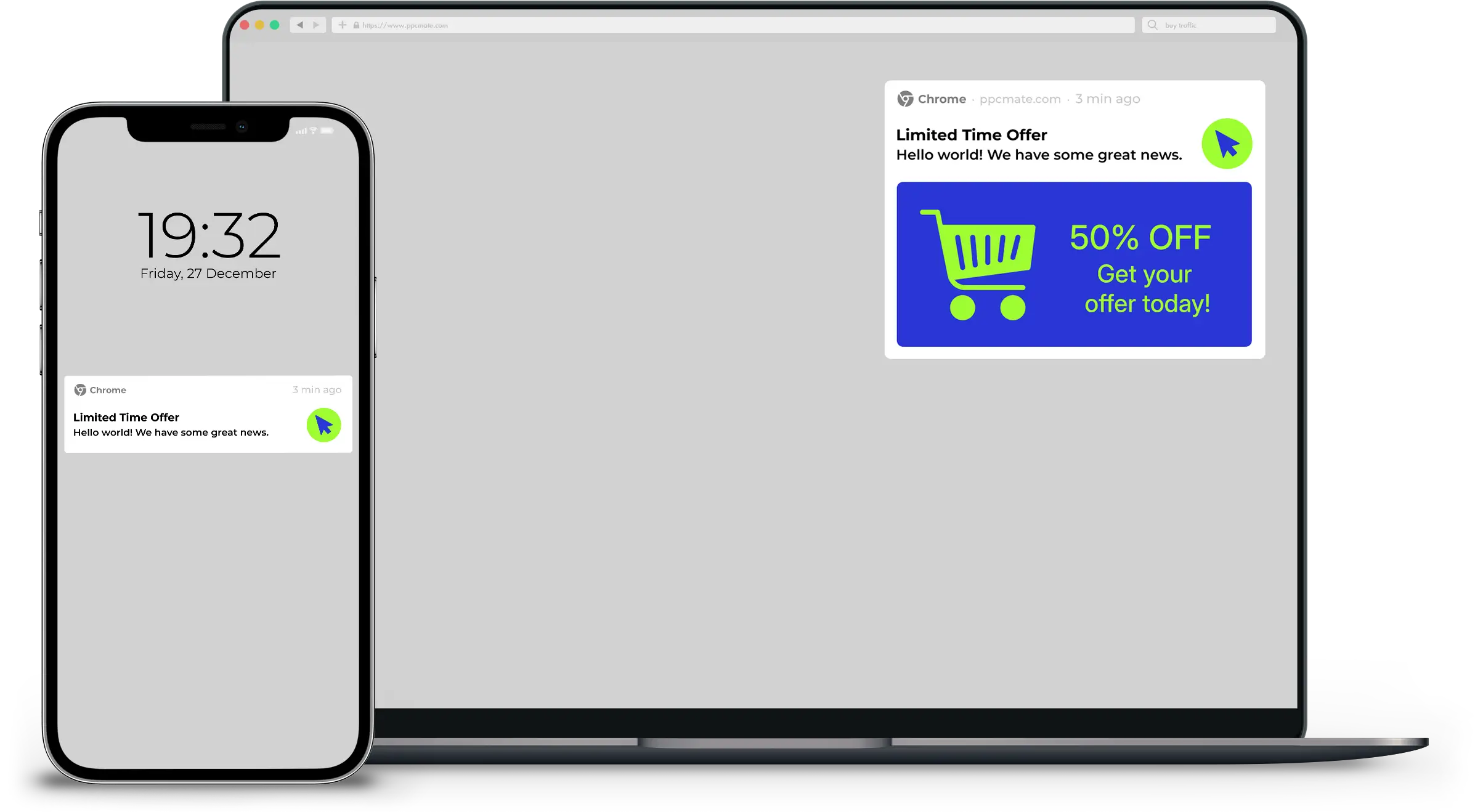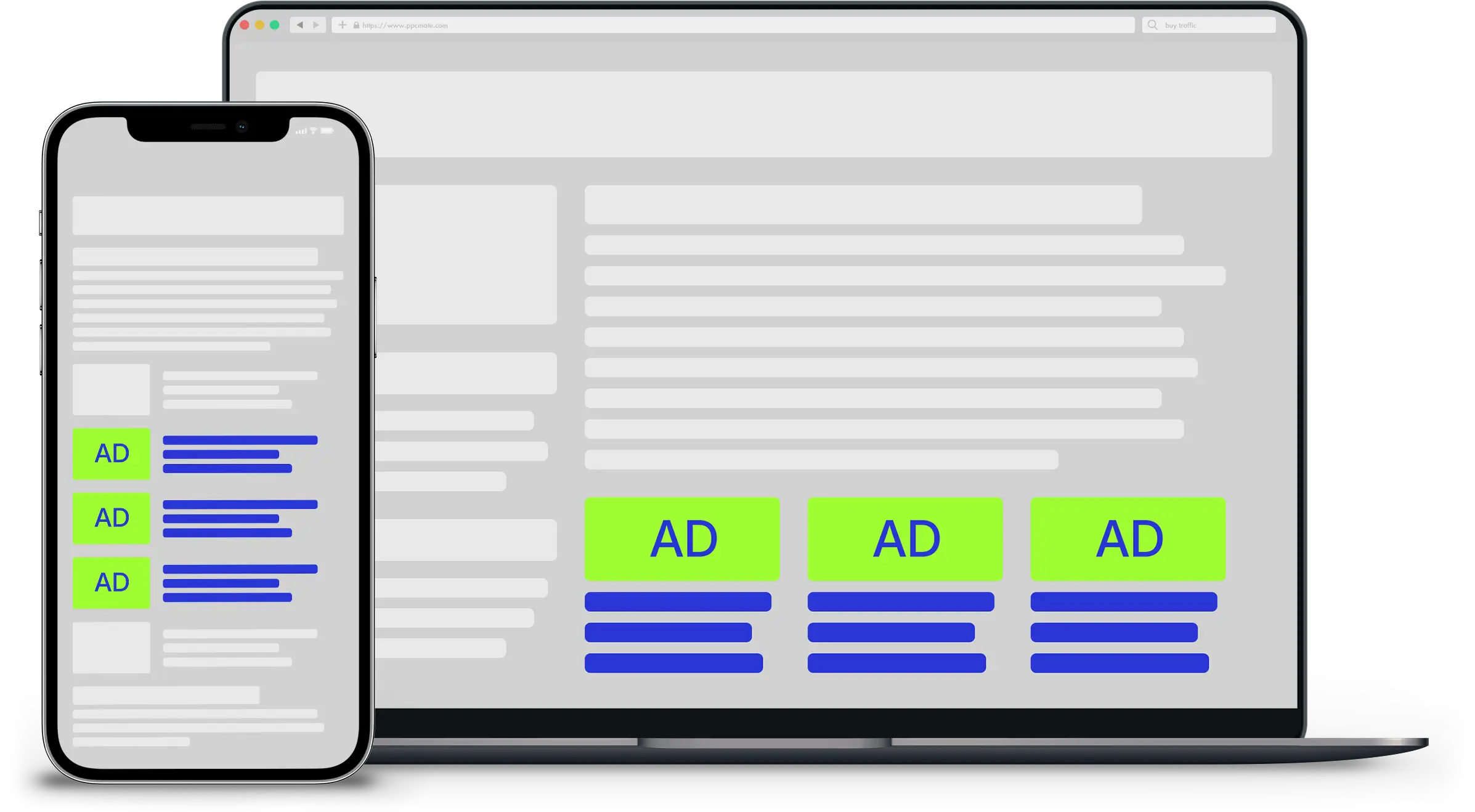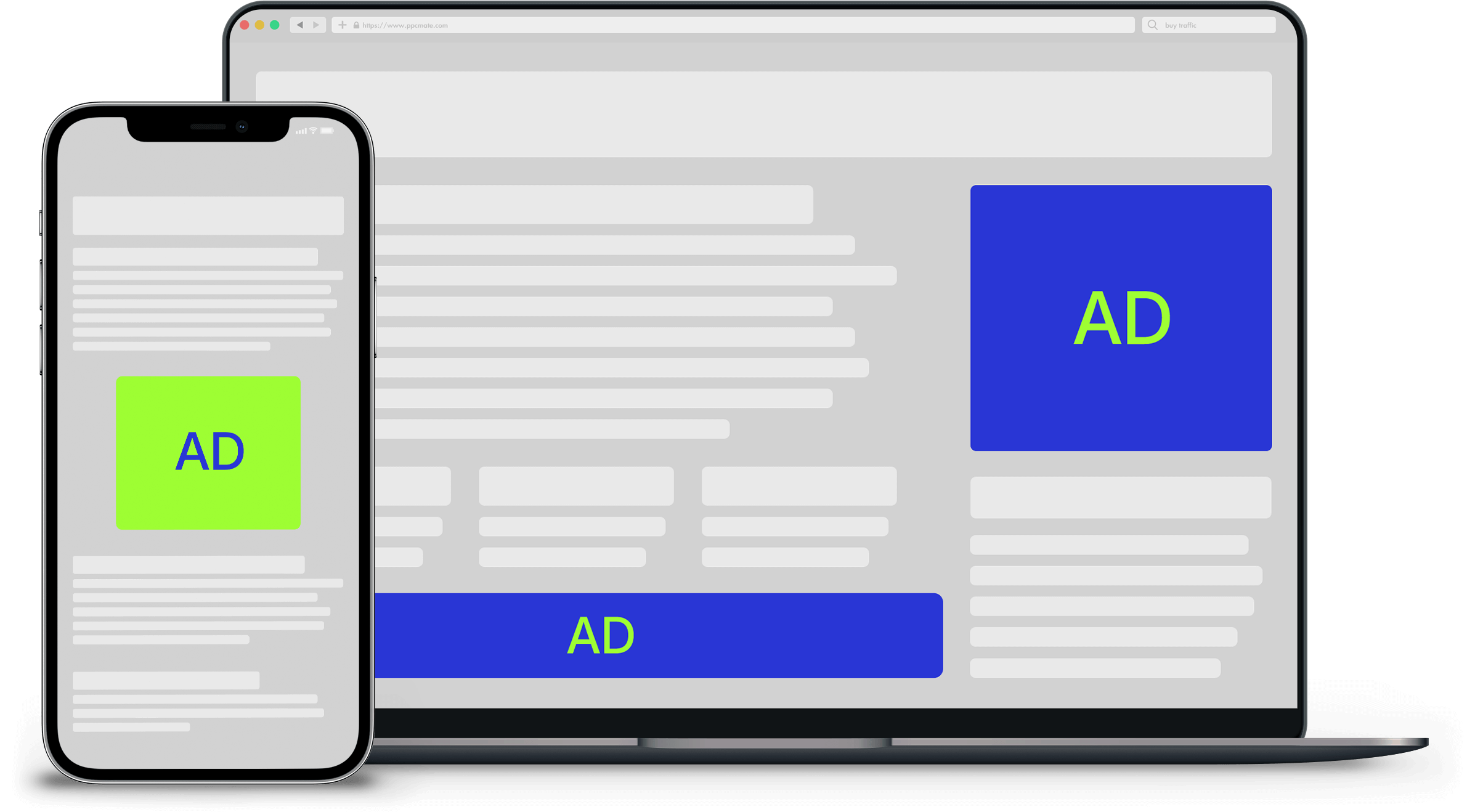As mobile marketing increasingly dominates ad spend, and the use of geo-targeting strategies rises, the use cases and techniques also evolve.
The birth of digital advertising brought with it the sophisticated use of data for audience targeting. While the cookie has served as the de facto mechanism for building audiences across desktop advertising, privacy-compliant location data now serves as the primary component of mobile audience marketing, through the use of location-based marketing strategies like geo-targeting and geo-conquesting.
However, marketers primarily focus on one component of mobile audience marketing today – reaching the right audience. There’s growing attention on attribution, a second element, which shows that online ads result in physical retail sales. There’s also a third element to successful audience marketing which receives little attention today – understanding that audience before the sale of the campaign even occurs. Marketers looking to build out mobile marketing are missing roughly two-thirds of the picture that’s available to them today.
When creating the initial concept for a campaign, we’ve seen the most successful companies use location-based analytics to inform their sales pitches and presentations before the campaign even begins. They’re using data to learn how frequently customers visit their locations to segment their audience based upon loyalty. They’re evaluating which competitive locations their audience also visits to influence that audience and increase the efficiency of their ad spend. One of the most effective use cases is agencies and sales teams using this data early in the sales cycle to help their clients visualize and understand their audience, which boosts not only their credibility but also their ability to win the business.
The second component of mobile audience marketing involves building and reaching the audience. There are numerous platforms available today that provide a black-box approach to buying very broad location-based audiences, such as Target shoppers or coffee drinkers. There is an elegant simplicity in choosing a pre-built audience, and there are always campaigns that are a great fit for this tactic.
On the flip side, if there’s one thing that Facebook and Google have proven when it comes to audience targeting; marketers absolutely love to see high degrees of transparency, flexibility and customizability as to how those audiences are made. They love taking control of the creation of the audience. Marketers that plan the most effective mobile campaigns spend a few extra minutes customizing the specific locations and date ranges that comprise their audience. They’re using the data and the visualizations they generated in the first step to increase their return-on-investment.
The last component of mobile audience marketing, and easily the most difficult, is attributing digital campaigns to in-store foot traffic and purchases. Advertisers increasingly ask for this, but there is still no holistic solution that can provide the answer. Fundamentally, this problem remains unsolved because of all of the various data silos that aren’t able to communicate with one another. The ad seen on TV can’t inform your phone or laptop that it’s also seen the ad, while the point-of-sale system or online checkout can’t notify those previous touch points to confirm the sale occurred.
Despite these challenges, true attribution will be available someday. In the meantime, marketers owe it to themselves to test multiple approaches to measure the effectiveness of their campaigns. When considered from the “audience” perspective, we see companies looking to evaluate how this audience behaved after the campaign. They’re looking to answer questions like “Did the frequency of visitation increase?” “Did my foot traffic increase against my competitors with this audience?” “From which competitors am I winning market share?” Reporting that provides insight into how a campaign influenced a digital audience’s behavior in the physical world wins bonus points within marketing teams and with clients. There are also benefits to using different solutions that provide audience building, media spend, activation and attribution. By working with various companies, there is limited opportunity for bias in the results, and therefore, marketers can have more trust in the data.
The ability to reach and understand audiences across desktop advertising is mature. As mobile marketing increasingly dominates ad spend, and the use of geo-targeting strategies rises, the use cases and techniques also evolve. Mobile marketing initially adopted many of the tried-and-true approaches from the desktop ecosystem. As mobile advertising begins to mature, so does the ability for marketers to use data before, during and after campaigns. This comprehensive approach ultimately increases the effectiveness and credibility of campaigns.
____
by Brian Handly
Source: marketingland.com









